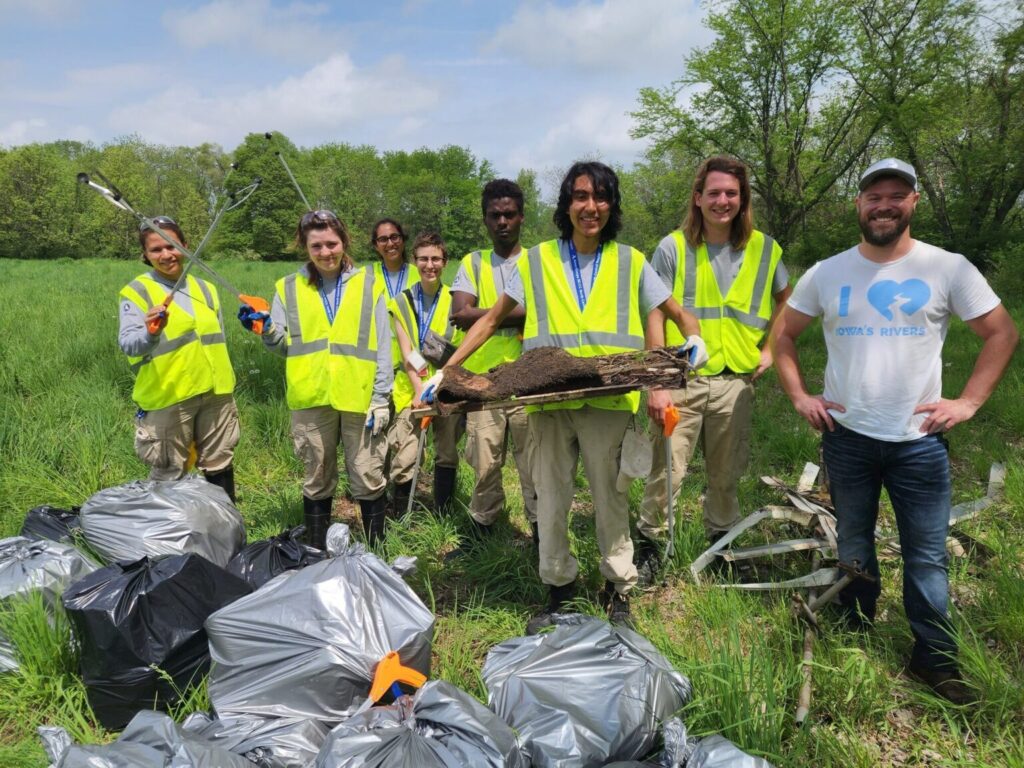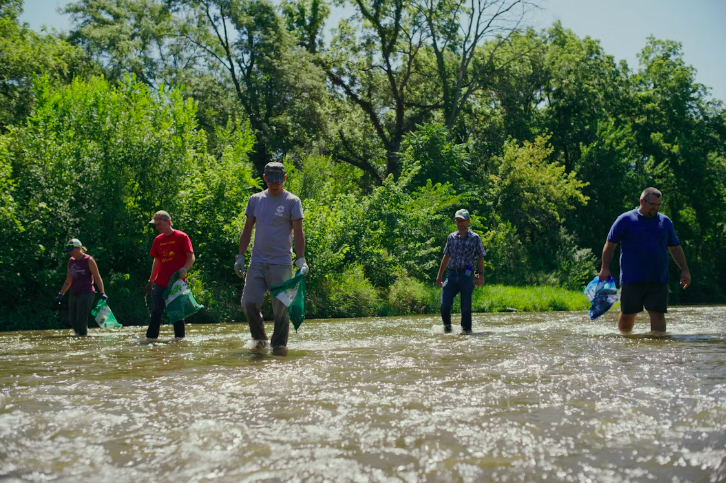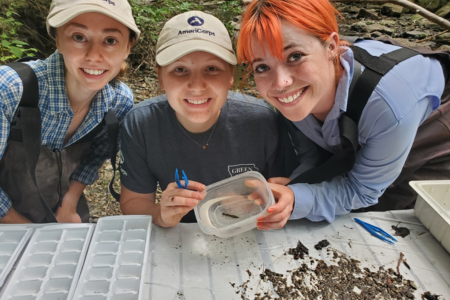
Our Impact
Professionals trained with River Restoration Toolbox Workshops
Supporters Engaged
Secured for Dam Mitigation and Water Trails in 2023
Raised for River Programs in Iowa in 2023
We envision healthy, free-flowing rivers that connect Iowa’s communities and provide access for all to use and enjoy.
Iowa Rivers Revival (IRR) is a leader in river education and advocacy and is committed to protecting some of our most precious natural resources – our rivers and streams. IRR works to engage individuals, organizations, communities, and government leaders in river awareness, responsibility, and enjoyment to improve and enhance the condition of Iowa waterways – ensuring a quality, safe and lasting resource for future generations.
Environmental stewardship begins with environmental literacy, and they both begin with exposure. We are committed to growing greater awareness about water quality and river issues across the state by offering programs and information that connect individuals and communities to their rivers.

Iowa Rivers Revival’s cleanup at Fourmile Fest
Nearly 70 volunteers at the event cleaned up 1,640 pounds of trash from Fourmile Creek and the surrounding area. We’re proud to have a strong core of volunteers who not only continue to show up to keep our rivers and drinking water clean, but also learn how to engage in better conservation practices in their daily lives through our educational programming with our coalition of … Read more

Iowans Haul 1,600 Pounds Of Garbage From Polk County Creek – WHO 1040
From WHO Newsradio 1040: (Polk County, IA) — Organizers of a big river-clean-up in Polk County say they made an impressive haul this year. Nearly 70-volunteers pulled more than 16-hundred pounds of trash from Fourmile Creek during a clean-up event last Friday. Iowa Rivers Revival Service Squad organized the event, as part of a larger clean-water mission, adopted by several non-profit groups, the city of … Read more

IRR Service Squad – Perspectives on Iowa’s Rivers
A recent blog published by the Iowa Environment Council chronicles perspectives from community members on the important role Iowa Rivers Revival plays in protecting our rivers. Click here to read the blog and read the perspectives.


